In the lush landscapes of Papua New Guinea, a remarkable spectacle graces the earth – the world’s largest banana tree, boasting leaves that stretch up to an impressive 2.5 meters in length. This botanical wonder stands as a testament to the rich biodiversity and natural marvels found within the region.
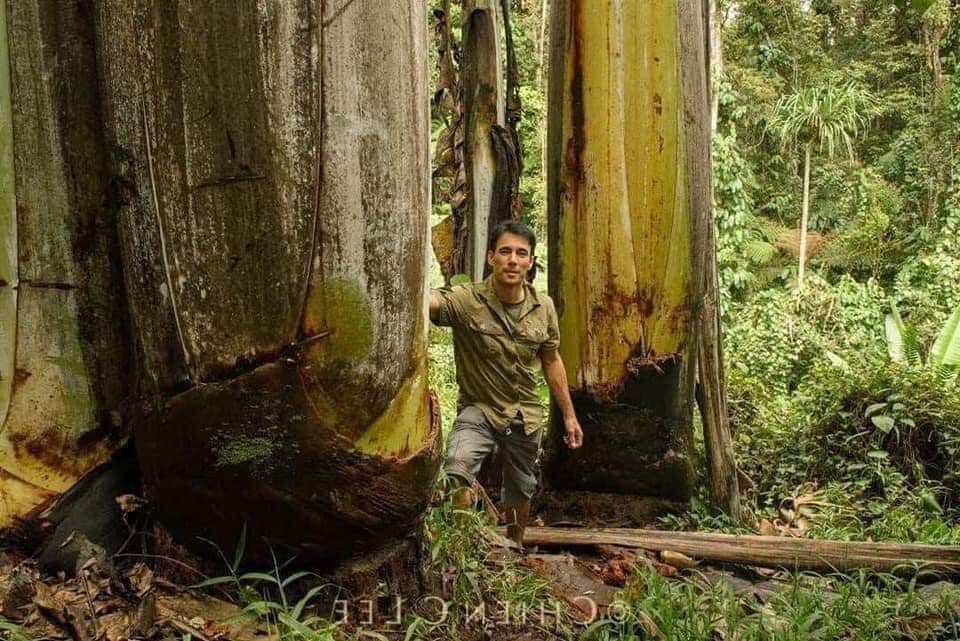
Nestled within the verdant expanse of Papua New Guinea, this colossal banana tree captivates both locals and visitors alike with its towering presence and immense foliage. Stretching towards the sky, its leaves unfurl like emerald-green flags, casting a verdant canopy over the surrounding landscape.
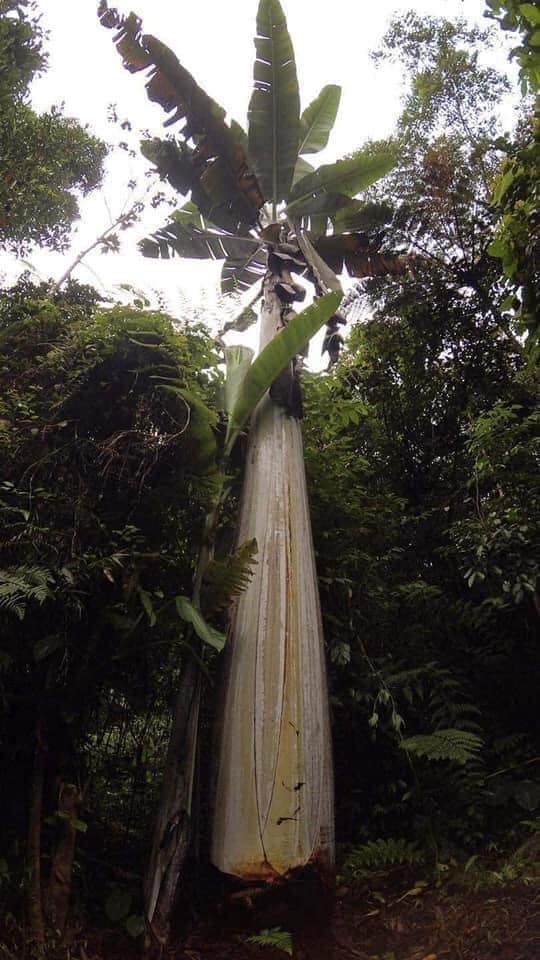
The significance of this magnificent specimen extends beyond its sheer size, as it serves as a symbol of the vibrant ecosystem and diverse flora that call Papua New Guinea home. From the dense rainforests to the fertile soils, this tropical paradise harbors an abundance of botanical treasures, each contributing to the rich tapestry of life within the region.
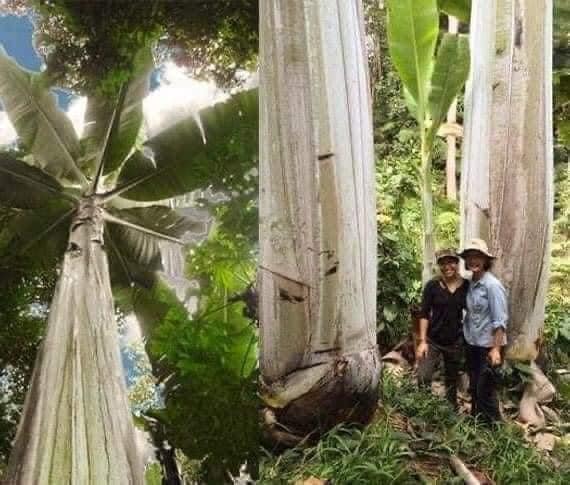
Banana cultivation holds a special place in the hearts and traditions of the people of Papua New Guinea, with the fruit playing a vital role in both culinary practices and cultural ceremonies. As such, the presence of the world’s largest banana tree serves as a source of pride and wonder for the local communities, highlighting the unique natural heritage of the region.
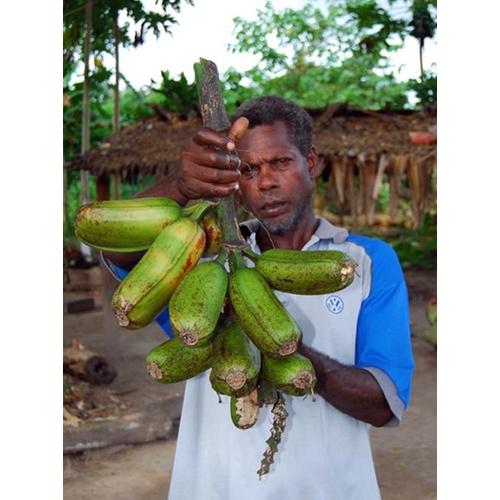
Visitors to Papua New Guinea are often drawn to the awe-inspiring sight of this colossal banana tree, marveling at its towering stature and lush foliage. Whether exploring the vibrant markets or trekking through the untamed wilderness, encountering this botanical giant is an unforgettable experience that leaves a lasting impression on all who behold it.
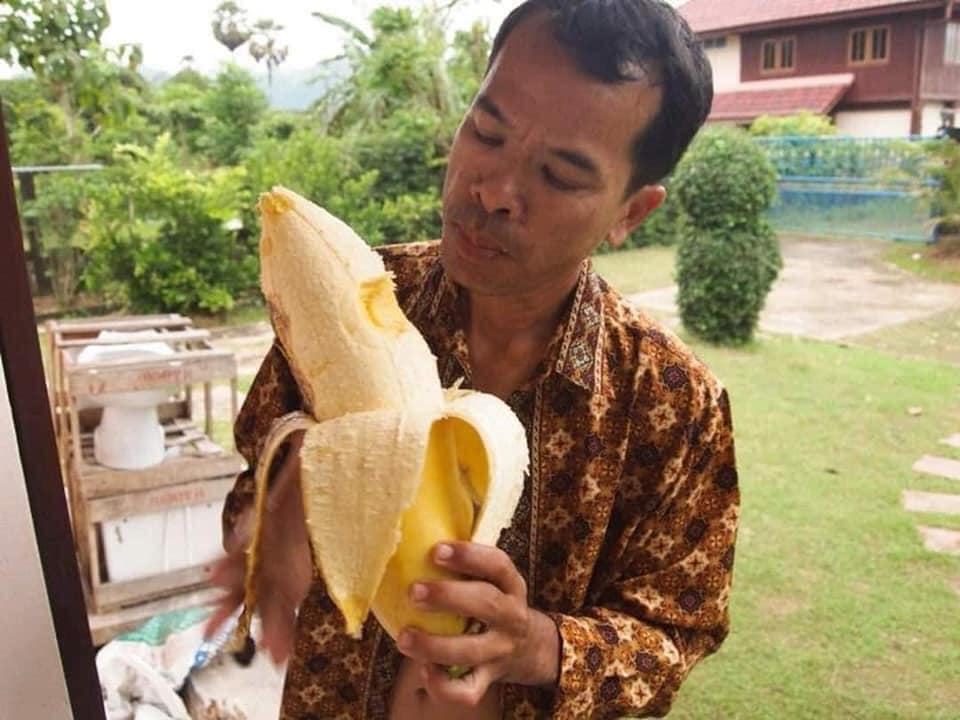
As conservation efforts continue to safeguard the natural wonders of Papua New Guinea, the world’s largest banana tree stands as a symbol of the importance of preserving our planet’s biodiversity. Through sustainable practices and environmental stewardship, we can ensure that future generations will continue to marvel at the awe-inspiring beauty of this remarkable botanical treasure.